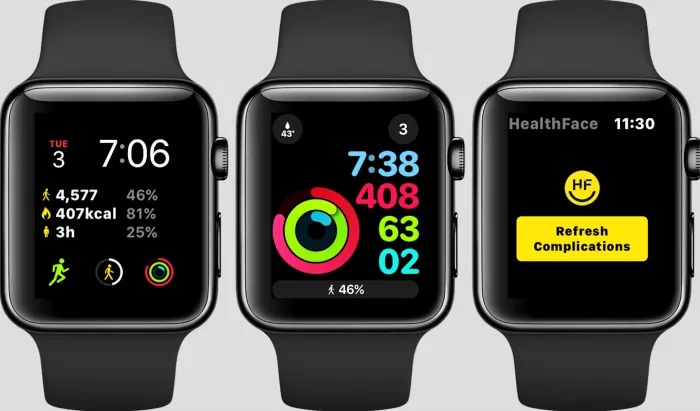The wearable band market saw a 13% year-over-year increase in shipments during the first quarter of 2025, reaching 46.6 million units, according to research firm Canalys. The rebound was fueled by strong demand in emerging markets and a low baseline from the same period in 2024.
Xiaomi Surges Ahead With HyperOS Integration
Xiaomi reclaimed the top spot with 8.7 million shipments—a 44% jump from 2024—driven by the budget-friendly Redmi Band 5 and deeper ecosystem integration via its HyperOS platform. The company’s in-house smartphone chip and cohesive product lineup further strengthened its appeal in cost-sensitive regions.
Apple’s Modest Growth Amid Ecosystem Focus
Apple secured second place with 7.6 million Apple Watch shipments, a 5% uptick, aligning with its typical seasonal slowdown ahead of its annual September refresh. Rather than hardware upgrades, Apple is doubling down on ecosystem loyalty through health integrations, privacy features, and iPhone compatibility. However, with its user base nearing saturation, future growth may hinge on services like Fitness+ and advanced health tracking.
Huawei and Samsung Gain Momentum
Huawei took third place with 7.1 million shipments, up 36%, as its GT and Fit series gained traction beyond China, supported by the expanded Huawei Health app. Samsung followed with 4.9 million units—a striking 74% surge—bolstered by a balanced strategy targeting both premium and mid-range buyers. Garmin rounded out the top five with 1.8 million shipments, up 10%, as it pivots toward subscription-based health insights via Garmin Connect+.
The Rise of Ecosystems Over Hardware
With hardware margins under pressure, brands are prioritizing ecosystem stickiness. Xiaomi’s HyperOS ties devices into a seamless network, while Huawei leverages its Health app for a closed-loop health platform. Globally, companies like Oura and Whoop have embraced subscription models, reframing wearables as ongoing services rather than standalone products.
Price, battery life, and health tracking remain key purchase drivers. But as software integration deepens, vendors with robust ecosystems and trusted data handling will dominate. Xiaomi’s ascent proves affordability and ecosystem synergy can outpace legacy players, while Apple’s task shifts from selling devices to making them irreplaceable. The future of wearables lies not in feature counts, but in how seamlessly those features integrate into broader digital lifestyles.
Related topics:
- Lack of updates and new models sees Apple Watch sales decline
- Apple Watch SE 3 might be available in larger 41mm and 45mm sizes
- Apple Watch arrived on buyers’ wrists 10 years ago


